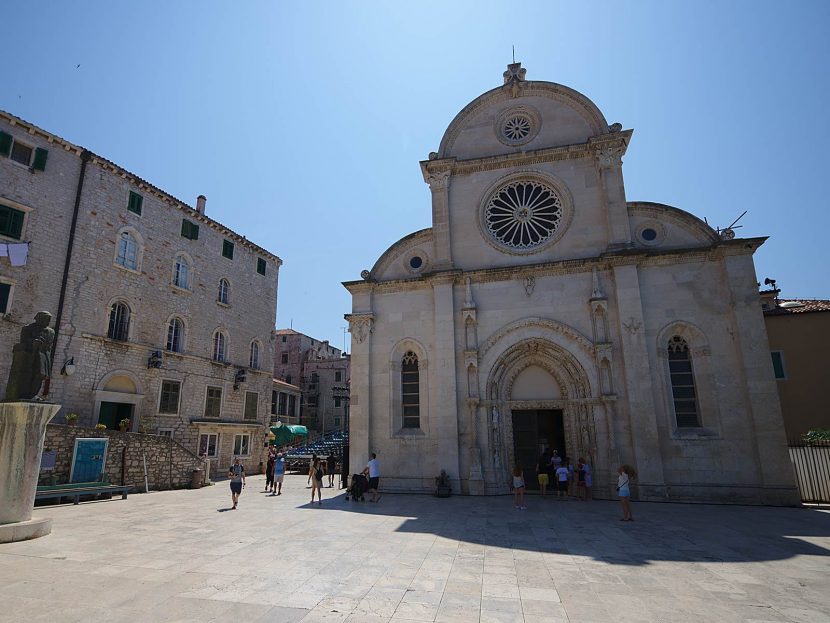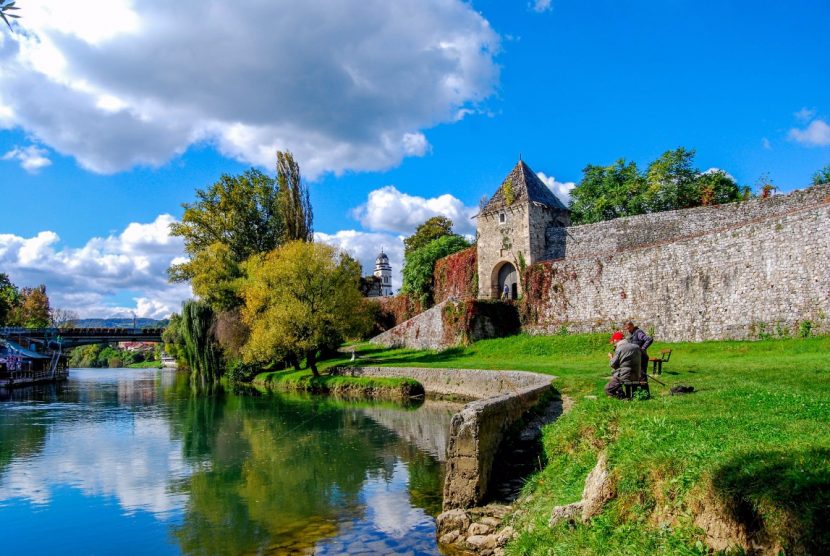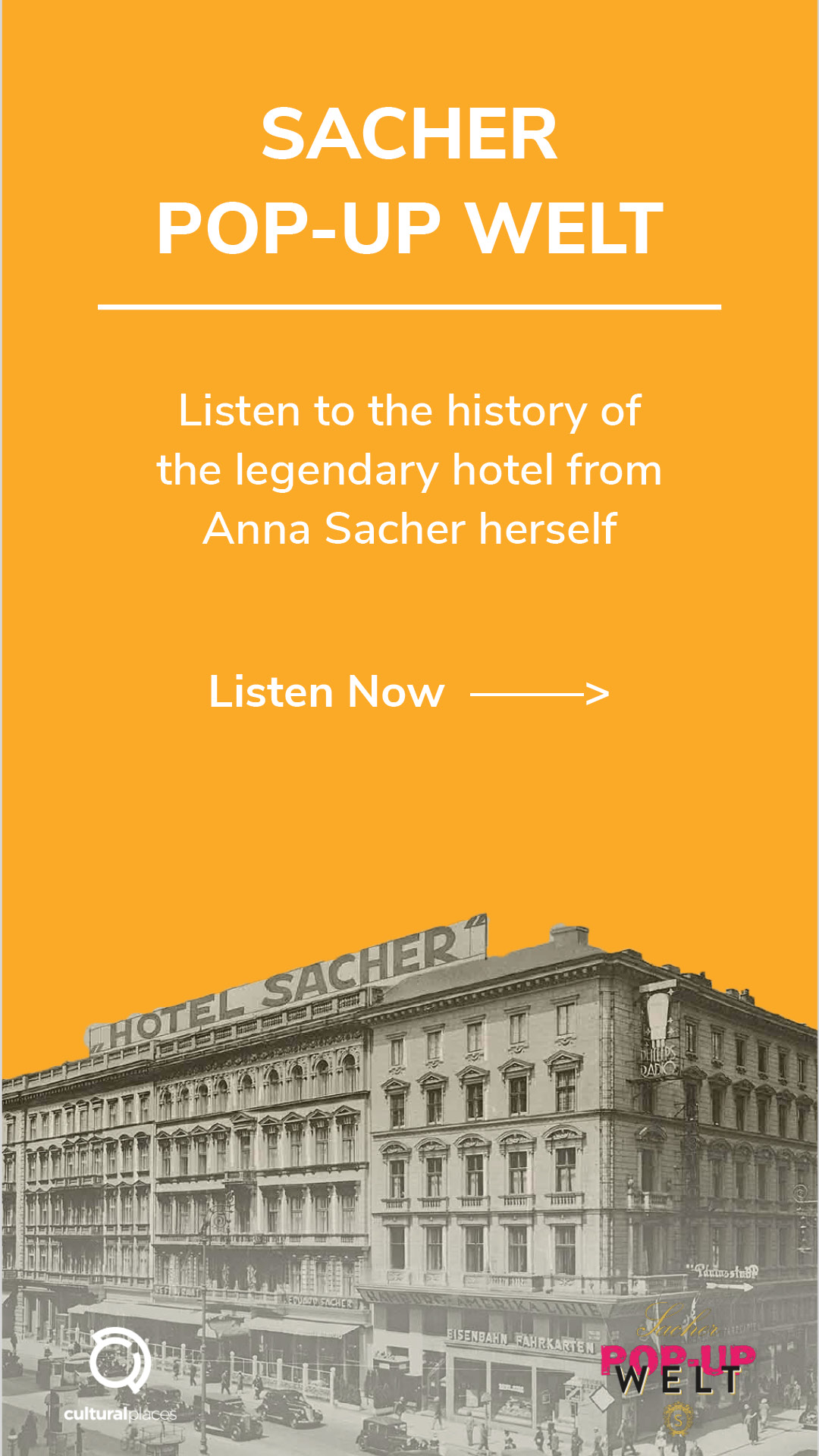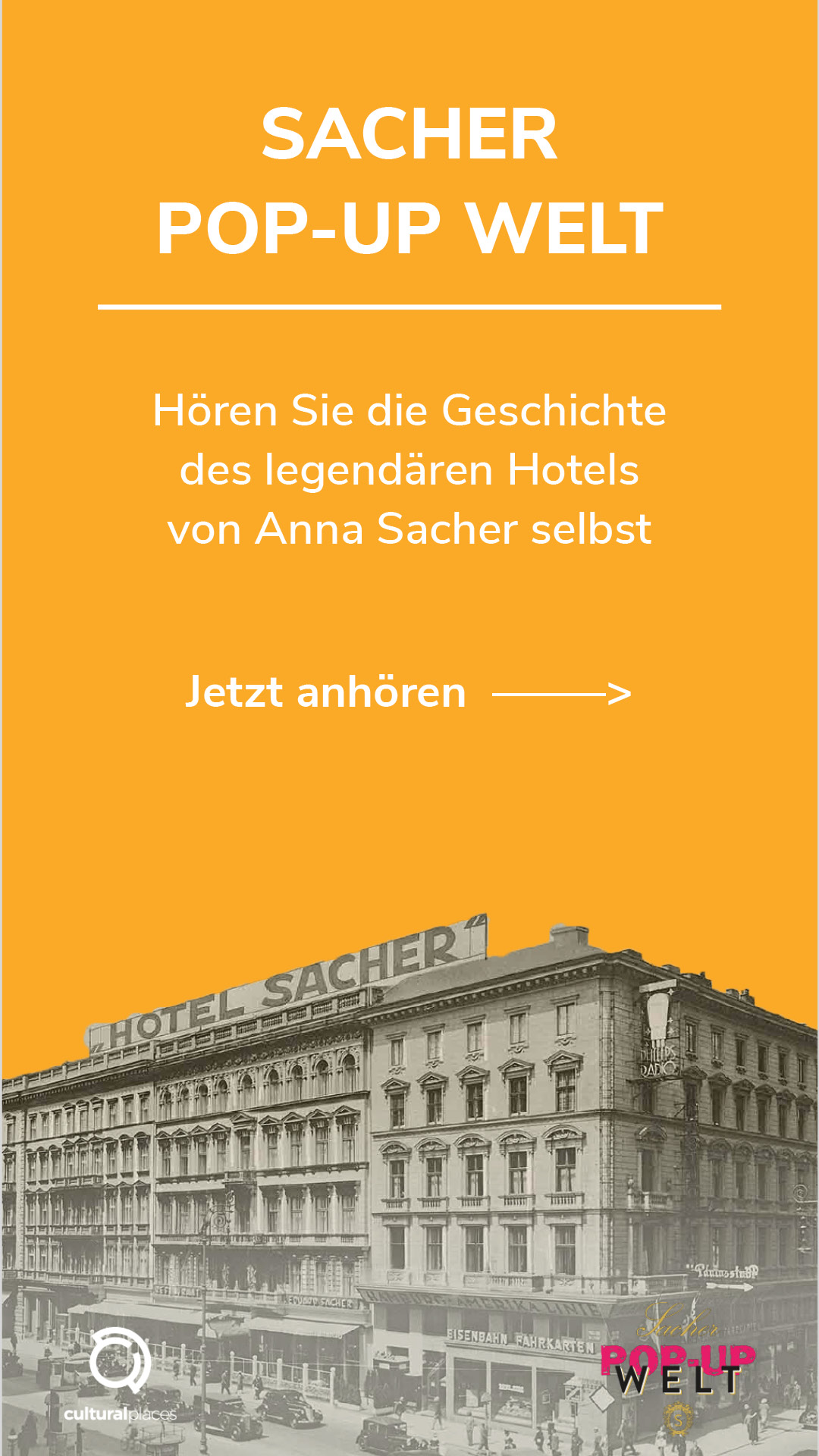Social Media for Museums & Cultural Institutions
Social media channels have undoubtedly been the rise since the last decade and offer a great possibility for a company to present and market themselves in a self-determined, cost-effective manner. But how is this the case when it comes to museums and cultural institutions? How can they make the best use of their social media presence? And what are the risks that need to be considered when being active on social media? In today’s blogpost, we look at the chances and challenges of social media in the cultural sector and offer you content ideas as well as best practices, so read on!
Is Social Media worthwhile for Museums and Cultural Institutions?
Social media has become more important than ever for museums and other institutions in the cultural sector. At the same time, the pressure from algorithms is increasing. Organic reach is fiercely contested, and it’s increasingly hard to still reach your followers if you don’t invest a budget in distributing your content on social media. Add to that concerns about privacy and the platforms’ inability to stand up against hate and incitement or stop fake news. Museums on social media have to weigh things up here: What are the benefits of having a presence on the networks – and are the effort and risks still worth investing resources here?
However, museums and organizations need to keep in mind that social media plays an important role in encouraging a potential visit and is also an important source of information, when visitors want to inform themselves about current exhibitions, opening times etc.
If potential visitors first came in touch with the organization via social media and can therefore create some sort of bond/relation, they are also more likely to visit the institution than people who didn’t have any sort of interaction before. You should also not forget about the social media use on-site. When you have an active social media channel, your chances are higher that visitors share content related to their visit, e.g. posting a photo and story from their latest visit, hence providing a free advertising space for you on their page, as well as possibly increasing your own engagement.
Even a relatively small social media presence can make a difference, as it is not important to reach everybody, but the right people who are interested in your topic. In practice, only a small target group will make the decision to follow a museum’s channel, but those people are usually already highly interested and often have a personal connection to the museum/organization in question. Here, with so many other things in life, quality over quantity is key.

Social Media offers chances and challenges at the same time.
Challenges & Data Protection
There are also some downsides of social media that need to be considered. and all that glitters is not gold. In German-speaking countries, most museums use Facebook and/or Instagram. Here in particular, however, the algorithm has changed significantly in recent months, to the detriment of organic, i.e. the unpaid reach of cultural content. User behavior has also changed over time. While Facebook was one of the first social media platforms for many people in German-speaking countries to be active on, many have now privately withdrawn from it. Instagram is also no longer used as actively or as often by some people as it was, even a few months ago.
One reason is more and more advertising, content from third-party accounts that is suggested by the platforms but has nothing to do with the user’s own interests, and the fact that hardly any of the content from private contacts that the user actually wants to follow is still displayed. Accordingly, some users are increasingly withdrawing from the networks.
Museums and cultural institutions also have to be careful with data privacy issues. Public, municipal, and state institutions in particular must adhere to strict requirements of the EU’s General Data Protection Regulation (GDPR).
Data protection officers advise people to be careful when it comes to services that process data outside the EU, especially in the USA. It is not possible to track what happens to user data, how it is processed, or to whom it is forwarded. If museums maintain a presence in social media and actively operate it, they are also supporting the unregulated data processing of US corporations (and in the case of TikTok, a Chinese corporation), which has no legal basis in the EU.

How to build a successful content strategy
But enough of the theoretical part, how can you, as a cultural organization, build up a successful content strategy on social media? And what can you post besides regular announcements such as “Hey, visit our new exhibition?”
First and foremost, clear positioning is the core and key of a successful social media strategy. Goals, target groups, and messages should be precisely defined and clearly recognizable in all channels and content.
Cultural institutions are full of real stories that can also inspire online. However, a pure need to broadcast often misses the mark. Much more focus should be placed on the interests, needs, and individual perspectives of the audience.
If you want to overcome the limited reach of an already highly interested audience, you can hardly avoid the use of digital advertising. However, the frequently practiced ‘’watering can’’ approach of promoting individual posts is counterproductive, and your ads/target groups should be precise and to the point.
Content Ideas for Museums and Cultural Institutions
There are no limits to your creativity, but to help you find your feet, we have gathered some possible content inspiration for you. Maybe some of them apply to your organization and you can make good use of them.
- Must-sees
Direct visitors to the “must-see” parts of your museum. - Behind the scenes
Give readers a sneak peek at something the average visitor doesn’t get to see. - Event promotion & recap
Write a post about an upcoming event, including the event details and schedule. - Fun Facts
Combine several “fun facts” or do a full series of interesting tidbits. - Seasonal highlights
Show readers the highlights of your offering in every season of the year. - Artifact highlight
Feature individual items from your collection. - Donor spotlight
Interview a donor about why they support your museum and tell readers how they can become a supporter. - Press releases & announcements
Post your latest news updates and let your audience know about new exhibits, tour options, and more. - Awards
Don’t be afraid to brag a little if your organization receives any recognition. - Employee spotlight
Introduce readers to a member of your staff and their contribution to your operations. - Educational ideas
Share lesson plans and project ideas for teachers related to your exhibits. - Product spotlight
Feature a product from your shop.
Best practices
Last but not least, we want to take a look at some best practices in the past, where museums and cultural institutions definitely did their homework on creative posting ideas.
Gif Challenge
As a mass digital participation project, the 1840 GIF Party invited the public to turn selected artworks from Tate Britain’s 1840s gallery into animated GIFs. The site had more than 500 submissions, and one of the GIFs was shared more than 100,000 times. Here, the Tate used the Tumblr community to help with both the creation of images and the virality of the project. The end results are smart, fun, and easy to share – everything a strong social campaign needs.
MuseumsSelfie
MuseumSelfie was initiated by Mar Dixon and is both a Twitter account and a hashtag. The idea is simple: take a selfie in or with a museum and share it. Participants were sometimes members of the public and sometimes museum employees working behind the scenes. The results are varied, obviously very visual, but also full of personality and fun.
VangoYourself
VanGoYourself, a joint project of Europeana and Culture24, is a website that encouraged people to imitate a number of famous paintings. Users could find a painting they liked on the VanGoYourself website, copy the pose, and take a selfie, which they then uploaded. It’s a neat way to get people interested in specific works of art and has an obvious viral element – a very visual, fun way to engage with art.

Creativity has no limits on social media.
Information overload? We don’t hope so! Hopefully, you could take away something for your own institution and we can’t wait to see your thriving social accounts in the future. For further inspiration about digital projects of museums, check out this blog post.






